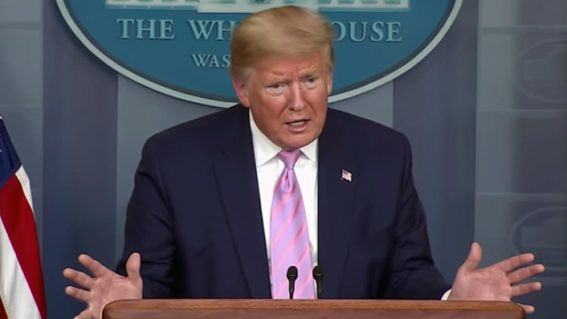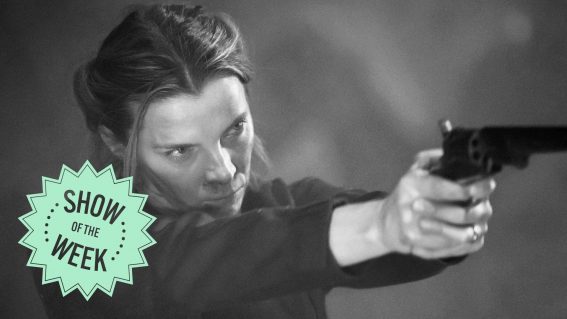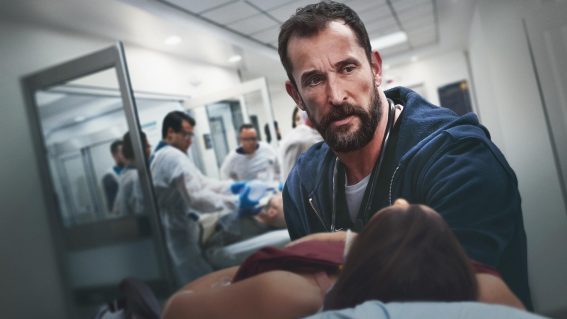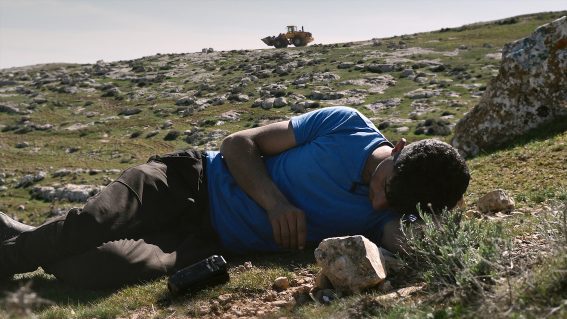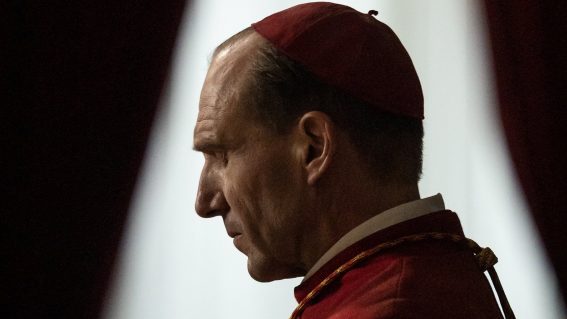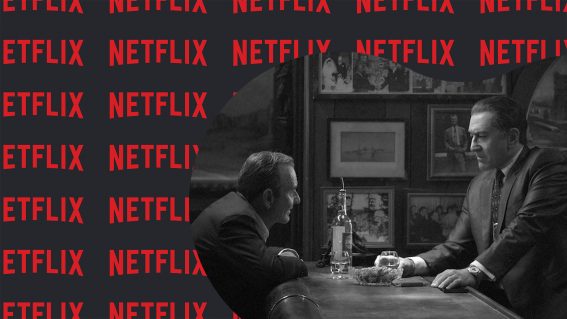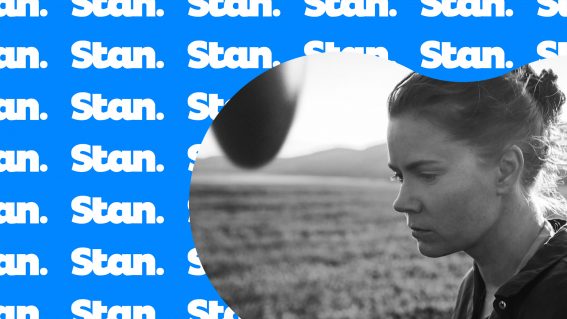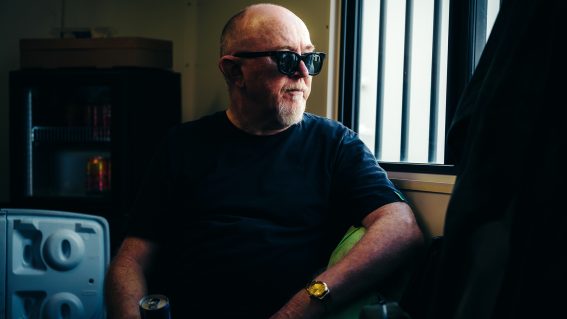The love triangle behind volcanologist romance tale Fire of Love
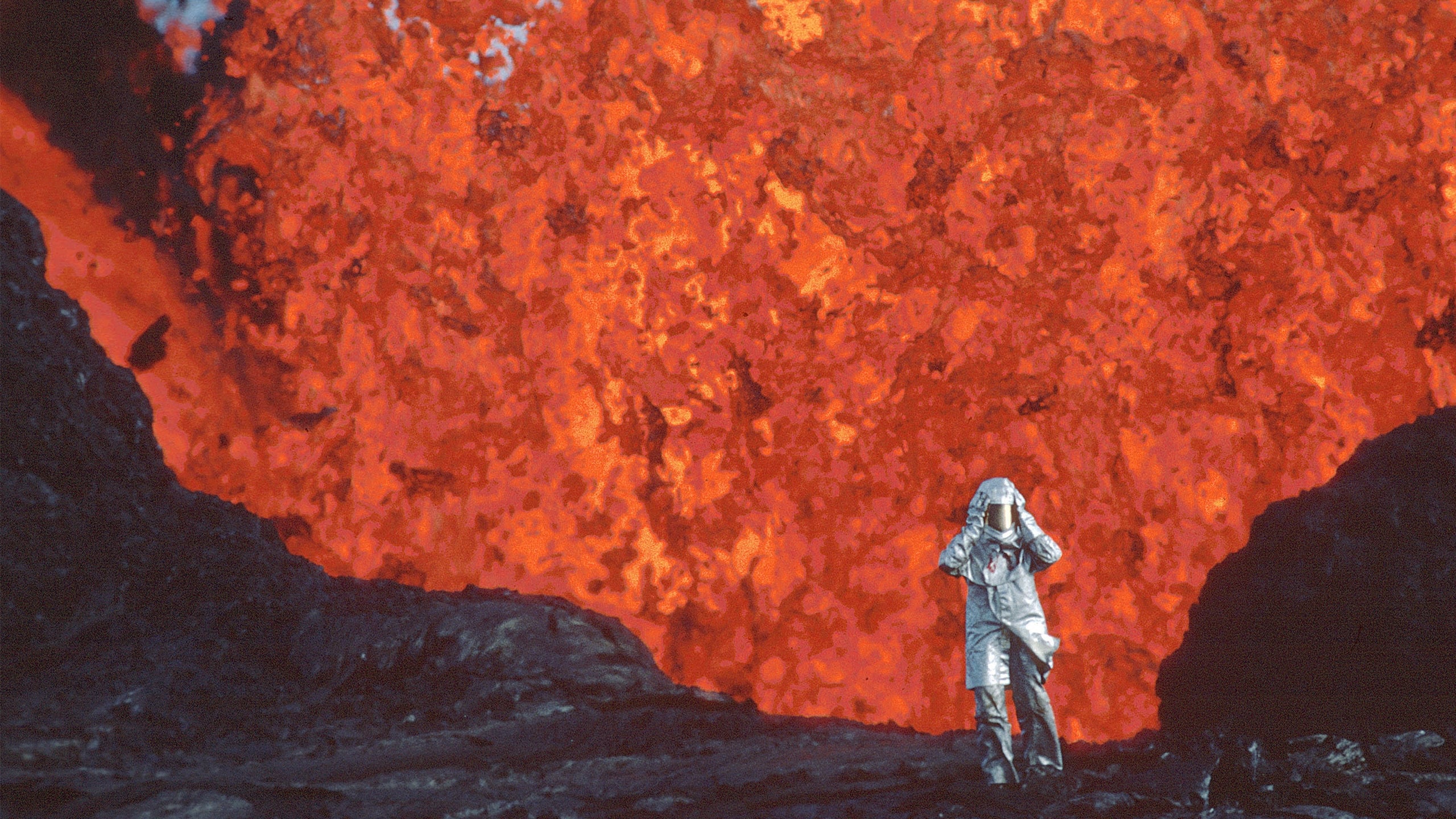
Fire of Love director Sara Dosa tells Liam Maguren about the power of volcanoes, the power of love, and the power of the footage captured by the film’s one-of-a-kind volcanologist couple.
Fire of Love
Fire of Love tells a story of science and romance revolving around daring volcanologists Katia and Maurice Krafft, whose risky endeavours came with the rewards of scientific breakthroughs. Packed with jaw-to-the-floor footage of the pair getting uncomfortably close to lava flows and explosive eruptions, the film illustrates their love for each other and volcanoes through a wealth of restored archival footage and carefully constructed narration.
Many filmmakers would have gone for a more traditional life-n-death biopic format to tell the Kraffs’ story. For director Sara Dosa, who chatted to us via Zoom, the story’s focal point was love. “We were inspired by a quote and a book that Maurice wrote where he says, ‘For me, Katia and volcanoes—it is a love story.’ That line, for us, felt like the thesis of the film. Their whole life is a love story. It’s not just with each other, but it’s also with volcanoes. We thought Maurice was telling us that he’s in a love triangle with volcanoes.”
Some may recognise the Kraffts in Werner Herzog’s Into the Inferno, their brief appearance provoking eye-widening disbelief as they stood there largely unfazed by the spewing lava mere metres away from them. Those memorable clips were just the tip of the shrieking volcano of footage that Dosa secured for her feature film.
“It was incredible receiving the footage. We were making the film in some of the earlier months of lockdown in the United States. I longed to go to Image’Est, the archival house in France where the footage was kept, but I couldn’t travel. So every few weeks we would get these batches of footage. The imagery was just absolutely mind-blowing—so spectacular, majestic, surreal, and transportative. I really felt like I could travel the world through their footage—the time when I had to be stuck in one place. It was a refuge and a gift all at once.”
The film most likely would not exist had it not been for the pandemic, with Dosa and her team forced to abandon a different project that was to be shot in Siberia. “We were scrambling to figure out how we were going to continue to make a living during this time. We thought that if we could figure out an archival film that didn’t require new production, that could be a way to keep making films and have a livelihood.”
“But it’s not just a livelihood to me; I feel like filmmaking for me is akin to a religion. It makes me feel connected to people and the planet. I remember the story of Katia and Maurice, and that they shot all this footage. We ended up getting access, and one thing led to another. But it was really the pandemic that catalyzed the project, even though we knew of the story many years before.”
In the year 2022, pandemic filmmaking is no longer seen as a novelty, but as a sort of necessity. Nevertheless, lockdowns brought hindrances that Dosa and her team had to overcome. “It was tremendously isolating. At first, I couldn’t work in-person with my producers or editors because of lockdown. But at the same time, many of the currents coursing through the world at that time helped to shape our approach to viewing the material.”
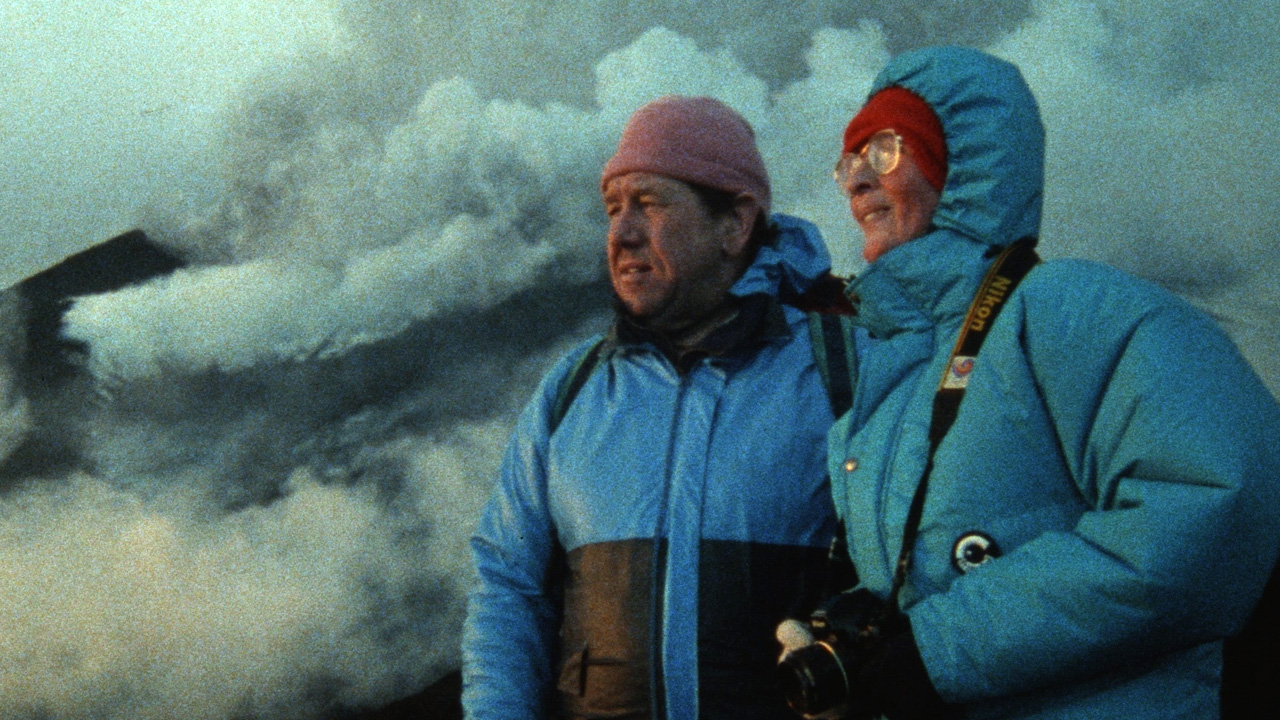
“For example, I was living through a time of uncertainty and fear, and here I was, met with these two French explorers and scientists who reconciled fear, and who knew how to navigate through the unknown with such boldness and curiosity. I had my own questions that Katia and Maurice could answer in a way that felt deeply meaningful.”
Lockdown’s limitations led the way for this film’s creative approach to telling the Kraffts’ story, shaped heavily by the pair’s footage. “Once we started receiving the footage, it confirmed some of what we had imagined, and it also completely cracked open the potential. The thing that, I think, was most notable, and what we discovered through the footage, was there’s just so many questions—so much imagery that just boggled our minds that had nothing to do with volcanoes.”
“It actually reminded us of the process of geology, this excavation when you have so many clues left behind, but there are these vast mysteries in Earth processes. And so, how do scientists try to figure out how the Earth works? They come up with hypotheses, they come up with conjectures, and they also say what they don’t know.”
“That’s what we tried to do, too, in our film—speak to the fact that we had all these questions and things that we could never ask them. That became part of our storytelling grammar, so to speak.”
One thing we do get from Katia and Maurice is their shared perception of volcanoes. The film relays how they believe each volcano had a distinct personality that makes heavy categorisation obsolete, though they do a rough split between two types of volcanoes: Red Volcanoes, which are fairly passive and spew lava, and Grey Volcanoes, which are more explosive and dangerous.
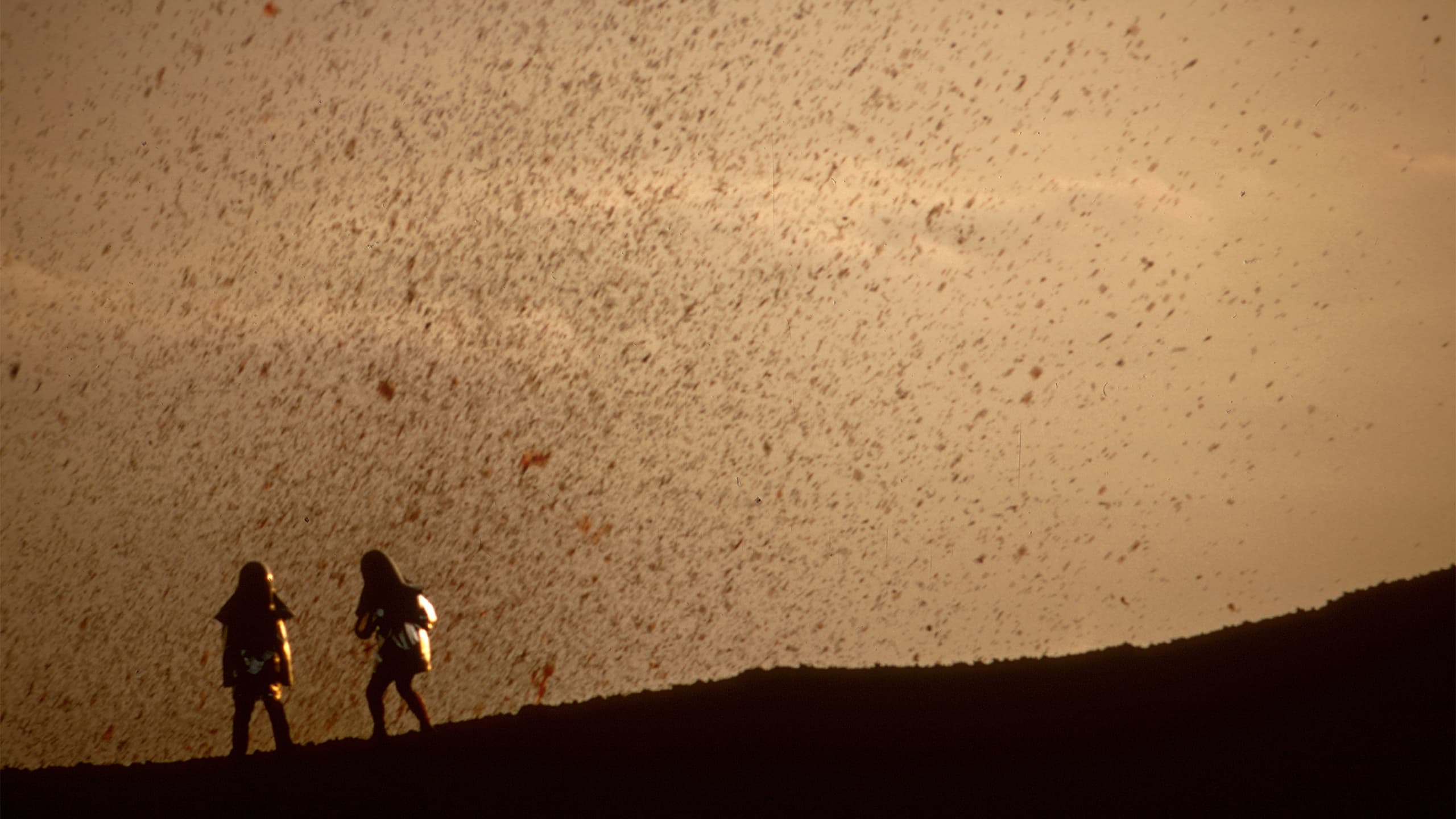
I posed this to Dosa: if she had to categorise Katia and Maurice, who would be a Red Volcano and who would be a Grey Volcano? “That’s something we talked a lot about. On the surface, I think a lot of people, ourselves included, would say that Katia is a Red Volcano and Maurice is Grey. Katia’s very methodological, always in search of understanding and known to be a peacemaker, whereas Maurice is quite bombastic and loved to go forth. He would challenge people’s opinions and be so motivated by his love and desire.”
“However, we realised that if we dichotomise them too much, it would be undermining their complexity and their nuance. Because Katia certainly has Grey qualities and Maurice has Red qualities. They’re both so drawn in by, not just the power of volcanoes, but also the danger.”
“We also wanted, especially, to make sure that Katia, as a woman, wasn’t depicted in a way that made her any less bold. It was really important to us that she was seen as the courageous adventurer who is just as obsessed with the volcanoes as Maurice was. We were worried that people would perceive her to be more passive when she absolutely wasn’t.”
“Maurice has a great line in the film where he talks about volcanoes defying classifications, even though they have these two general categories. And I like to think Katia and Maurice break down all classifications themselves, being the idiosyncratic, expansive humans that they are.”





